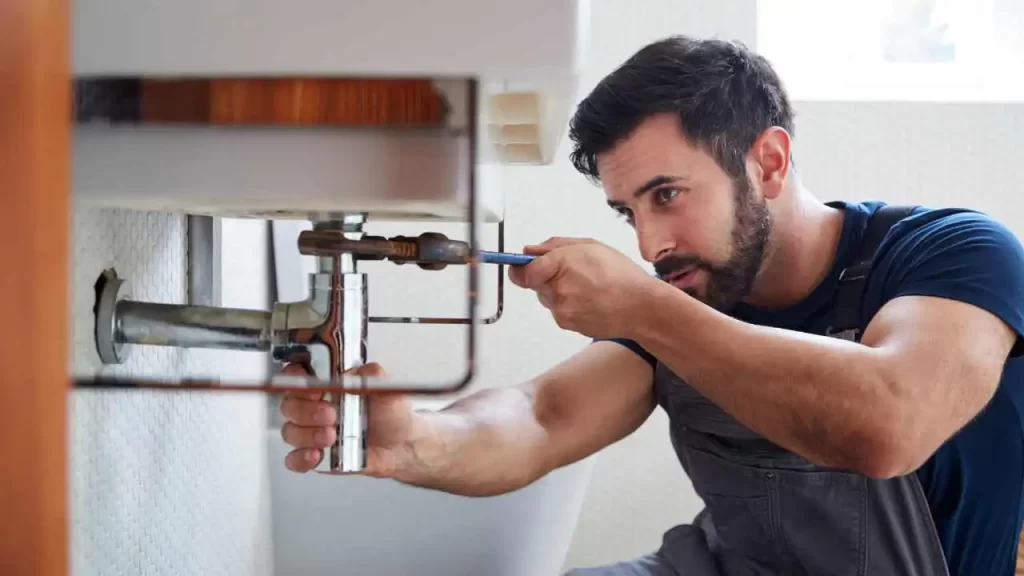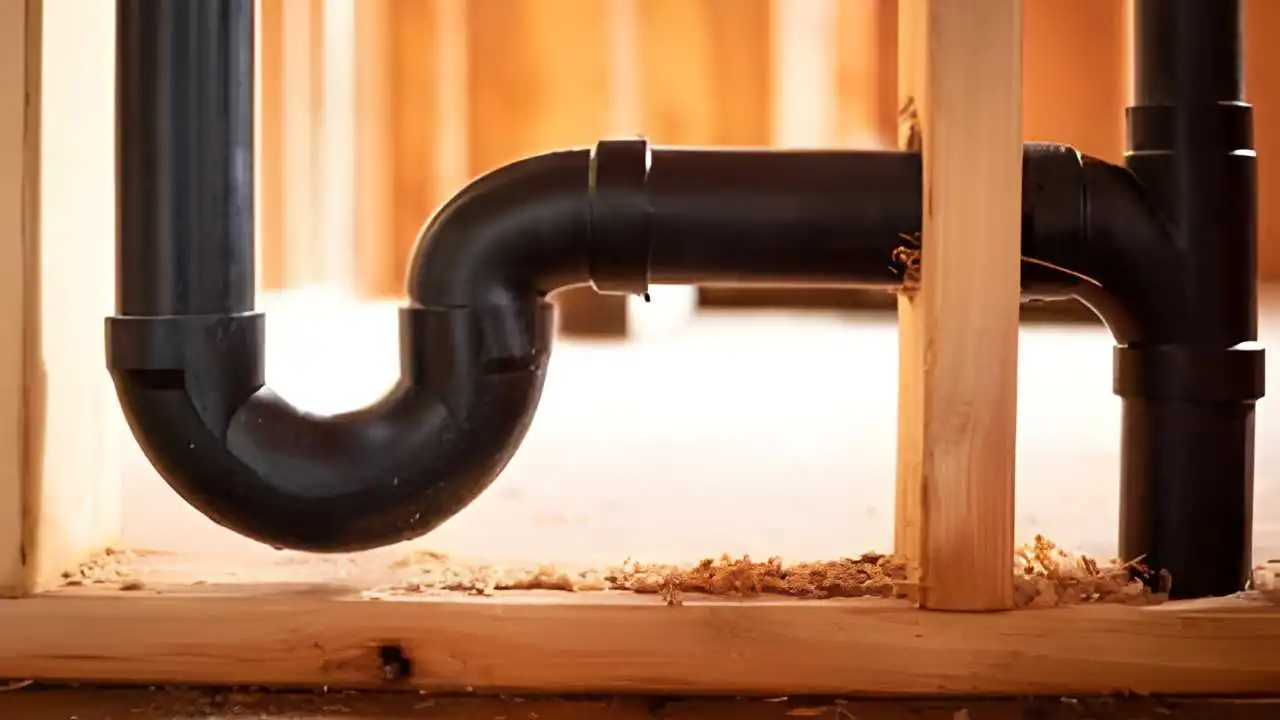How to Fix a Frozen Pipe Before It Bursts

Winter weather brings cozy nights and festive activities, but it also carries the risk of frozen pipes. When water freezes inside pipes, it expands and puts immense pressure on the pipe walls. If the pressure gets too high, the pipe can burst, causing significant water damage and costly repairs. Luckily, there are steps you can take to thaw frozen pipes and prevent them from bursting in the first place.
Identifying Frozen Pipes
Before you can fix a frozen pipe, you need to find it. Here are some telltale signs:
- No water or very low water pressure: This is a major sign that a pipe is frozen somewhere in your home.
- Frost on the pipe: Visible frost build-up on exposed pipes is a clear indicator of freezing.
- Bulging pipe: A slight bulge in the pipe might signal that it’s frozen and under pressure.
- Strange odors: If ice is blocking a drainpipe, you might notice odd smells as wastewater stagnates.
How to Thaw a Frozen Pipe
If you’ve identified a frozen pipe, act quickly! Follow these steps to thaw the pipe before it bursts:
Step 1: Find the Freeze
- Start by checking exposed pipes in colder areas like basements, crawl spaces, and near exterior walls.
- If you suspect a freeze behind a wall, place your hand against the wall in different areas. It will likely feel colder near the frozen section.
Step 2: Turn on the Faucet
- To unfreeze a pipe, open the faucet that is connected to it.This helps relieve pressure and allows water to escape as the ice melts.
Step 3: Apply Heat
- Hair Dryer: A hair dryer on a low setting is often the safest and most accessible way to thaw a frozen pipe. Move the hairdryer along the frozen section, keeping it a few inches away.
- Heating Pads or Electric Blankets: Wrap these around the frozen pipe to provide gentle warmth.
- Space Heater: Position a space heater near the frozen pipe, leaving ample space for safety.
- Warm Towels: Wrap hot towels around the pipe and replace them as they cool.
Important Safety Note
- Never use an open flame: Propane torches or other open flames are a major fire hazard and can severely damage your pipes. Stick to the safer heat sources above.
Preventing Pipes from Freezing
The best way to deal with a frozen pipe is to prevent it from happening in the first place. Here are some tips:
- Insulate Pipes: Focus on exposed pipes in unheated areas such as basements, attics, exterior walls, and crawl spaces. Pipe insulation sleeves are easy to install and provide extra protection.
- Seal Gaps and Cracks: Check for gaps around pipes coming through exterior walls. Seal any openings with caulk or expanding foam to prevent cold air drafts.
- Let Faucets Drip: During freezing temperatures, keep faucets slightly open, especially those connected to pipes along exterior walls. Water that is in motion is less likely to freeze.
- Open Cabinet Doors: This allows warm air to circulate around pipes under sinks.
- Maintain Heat: Don’t turn your thermostat too low, even when you’re away. Keeping your home above freezing is important for pipe health.
When to Call a Plumber
Sometimes, DIY fixes aren’t enough. Call a plumber immediately if:
- You can’t locate the freeze: Pipes behind walls can be tricky to access. A plumber has specialized tools to find the problem quickly.
- The pipe has already burst: A burst pipe is an emergency. It is advisable to turn off your main water supply immediately and contact a plumber as soon as possible.
- You’re not comfortable with the thawing process: If you feel unsure, it’s always safer to trust a professional.
Conclusion
Frozen pipes are a serious winter hazard, but knowing what to do can save you a lot of stress and preventable damage. By identifying frozen pipes early, thawing them carefully, and employing preventative measures, you can keep the water flowing smoothly all winter long.


What is the Role of P-Traps in Your Plumbing System
Your home's plumbing is a hidden network of pipes and parts, and one of the…

5 Plumbing Problems That Can Cost You Big Time (and How to Avoid Them)
Our homes rely on a complex network of pipes and fixtures to keep water flowing…



 ICONIER Digital Agency
ICONIER Digital Agency